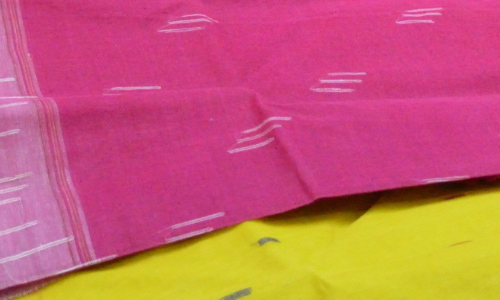Plant-Based Fabrics
Cotton
- WeatherSunny Not In Harsh Winter
- PopularityCommonly available
- ProductionMainly produced in India, China, USA
- CareCold Water
- TextureSoft
- UsecasePopular as every-day wear

Description
Cotton is a natural fabric and it's very calming in nature so it can be used in the summers. It is soft and non-allergic to the skin, so it becomes the best choice for the hot seasons. Cotton is undeniably the strongest and most durable fabric. Its soft and soothing texture makes it an appropriate choice for can underlining cloth materials. The fabric is known for its adaptability to various applications and natural comfort. The fabric’s absorbency is one of its many qualities which makes it stand out from the other fabrics.
The cotton plant grows in merely all the tropical and subtropical regions of the globe. Names of some cotton-producing countries are India, China, U.S., Pakistan, Turkey, Brazil, and Uzbekistan.
There are 4 different types of cotton:
- Pima Cotton: it is the finest type of cotton in the world and it is the native crop of South and South-west American regions. Pima cotton fabric is highly resistant to wrinkling, fading, and tearing.
- Egyptian Cotton: it is similar to Pima cotton based on scientific assessments and qualities but this is grown in the Nile River Valley located in Egypt.
- Upland Cotton: It is grown in Central America, Southern Florida, the Caribbean, and Mexico. This cotton fiber is indulged in about 90% of the world’s total cotton production.
- Organic Cotton: It is any type of cotton which is cultivated without any use of chemicals and is not genetically engineered.
History of Cotton
Cotton is derived from an Arabic word called 'quton'. It is said that in 3000 BC, cotton was cultivated, spun, and even woven into cloth in the Indus River Valley, then India (now Pakistan). Simultaneously, Egyptian natives in the Nile valley were fabricating and wearing cotton clothes. Some say that cotton was brought to Europe by the Arab merchants in 800 AD. The first cotton gin (a tool to separate the cotton fluff from the plant seeds easily) was invented in India in the thirteenth century. The first machinery spinning of cotton was done in England in the year 1730. The best cotton fabric or cotton thread is produced in Egypt.
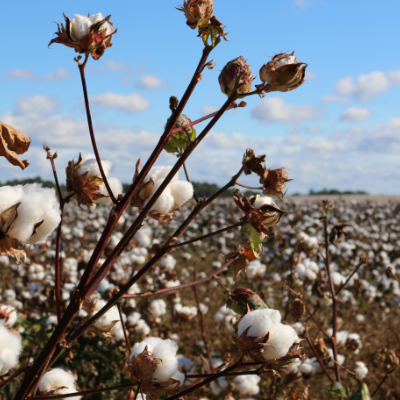
Photos
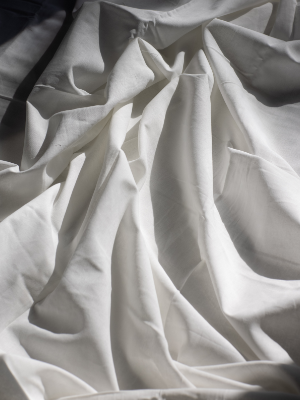

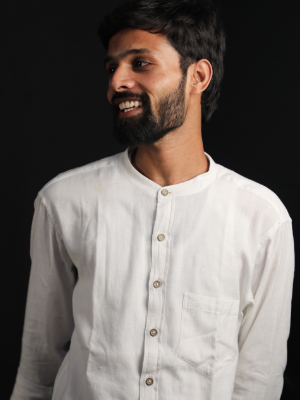
Cotton is a Plant-Based fabric.
Read more about Plant-Based fabrics like Jute and Hemp.
Process
Raw cotton is found in the dense-packed bales and it contains fiber because of how it is harvested. Other than fiber it also carries small parts of the plant and other field trash.
Therefore the first goal is the separation of the unwanted parts from the desired cellulose fiber. This is done through mechanical harvesting. This process includes certain steps:
- Mechanical cleaning: this aims at the removal of non-lint material.
- Cake Formation: the fiber is yet not completely cleaned, so it is put into a large vessel called kier while it is wet and formed into a cake-like structure.
- Scouring: It is done to remove the coat of natural wax from the fiber that protects it from rain.
- Purifying: a purifying solution is added after the wax cleansing to remove all the color bodies present in the fiber and whiten the fabric.
- Fiber Finishing: Due to high fiber-on-fiber friction conducted earlier the fiber becomes incapable of further efficient production, so a lubricant is added to the fiber to give it a good finishing.
- Opening and Drying: After all these stages the fiber is finally reopened and dried as per the required moisture content. Now the fiber is formed into fiber bale.
The fiber bales are further delivered to the textile mills where the spinning process takes place. In this process, single fiber strands which are called silver are twisted together tightly for making a thicker cotton yarn. This yarn is further woven or knitted as per the requirement and lastly dyed into desirable colors.
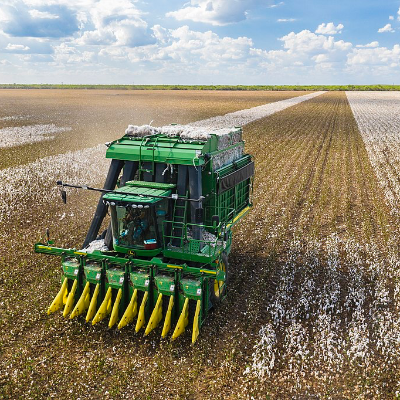
Checkout fabrics made from Cotton
- Bandhani / Bandhej
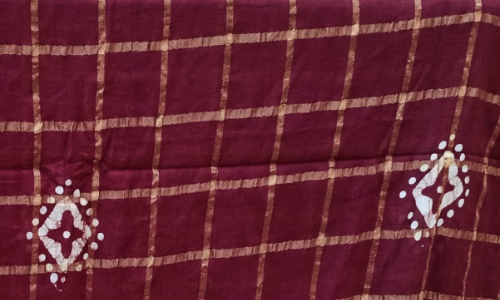
- Chanderi
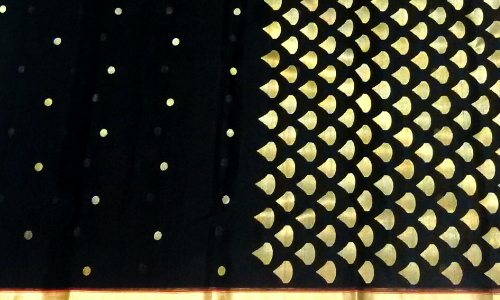
- Banarasi
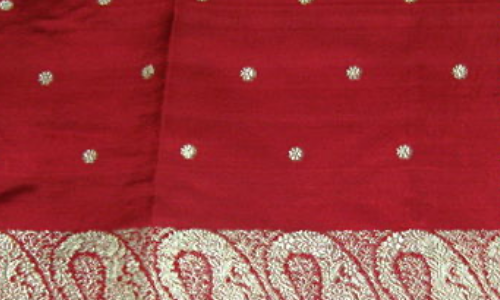
- Ikat
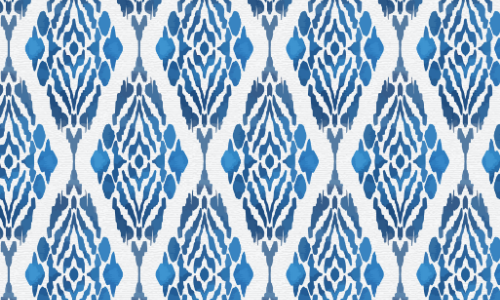
- Ilkal
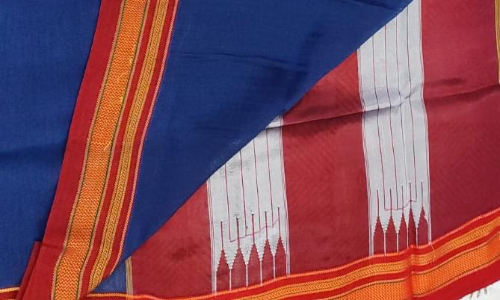
- Khun
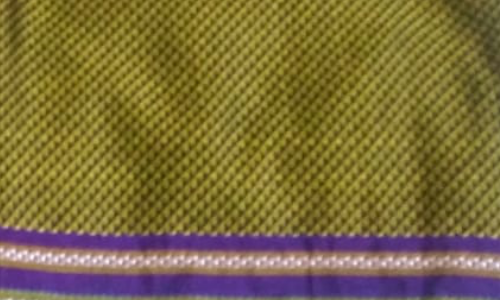
- Narayan Peth
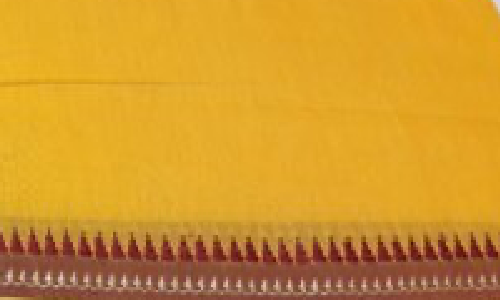
- Paithani
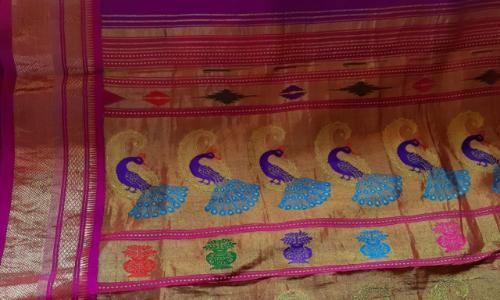
- Kasavu
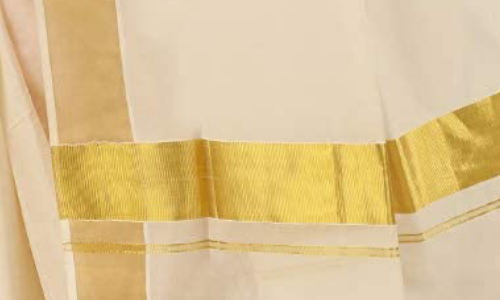
- Mangalgiri
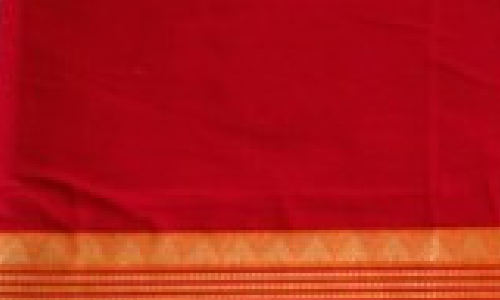
- Tant
